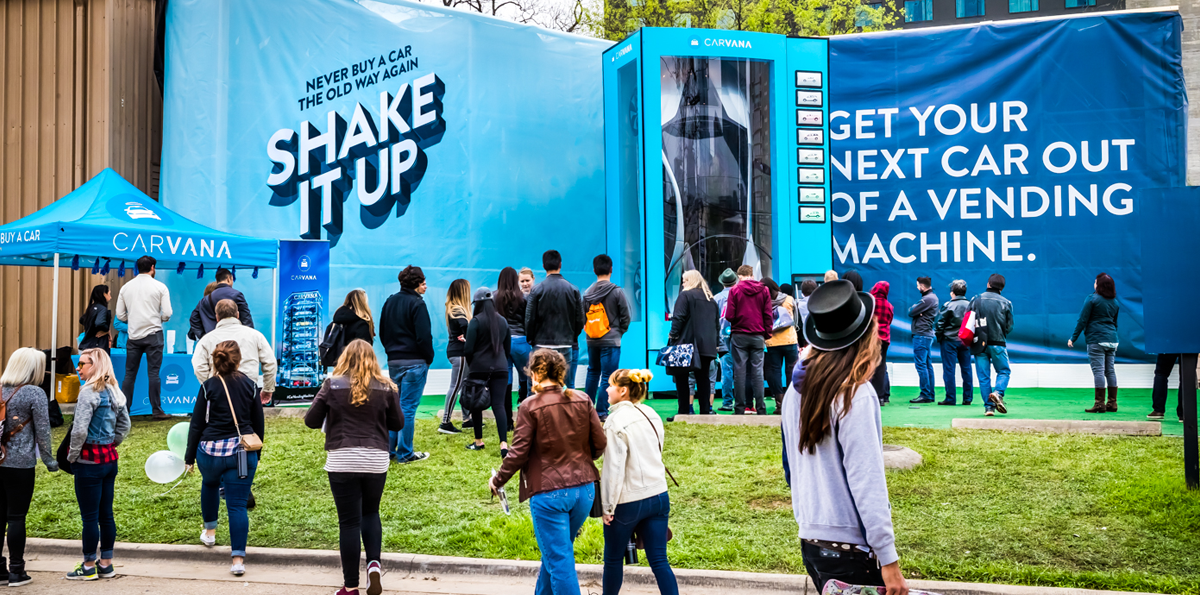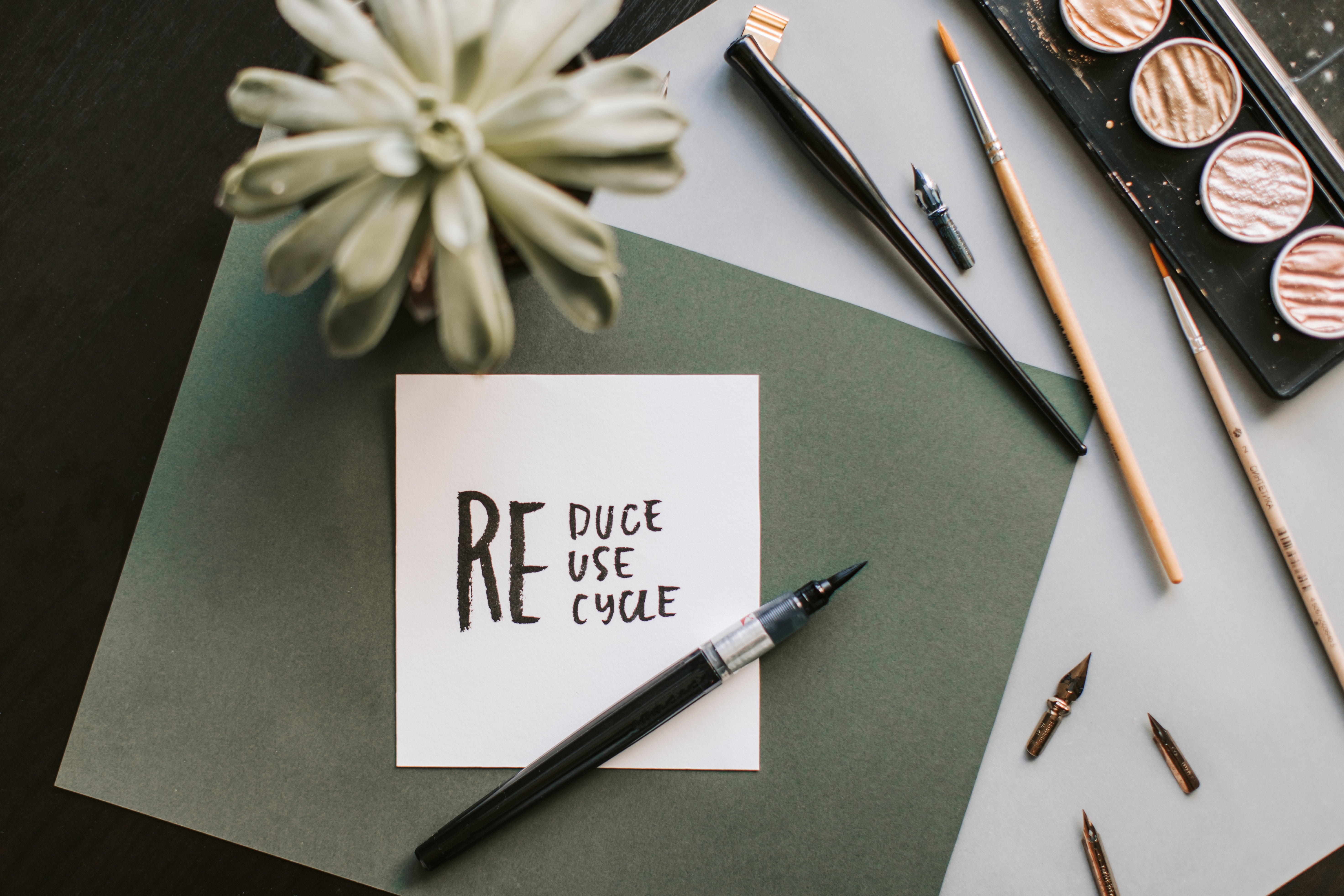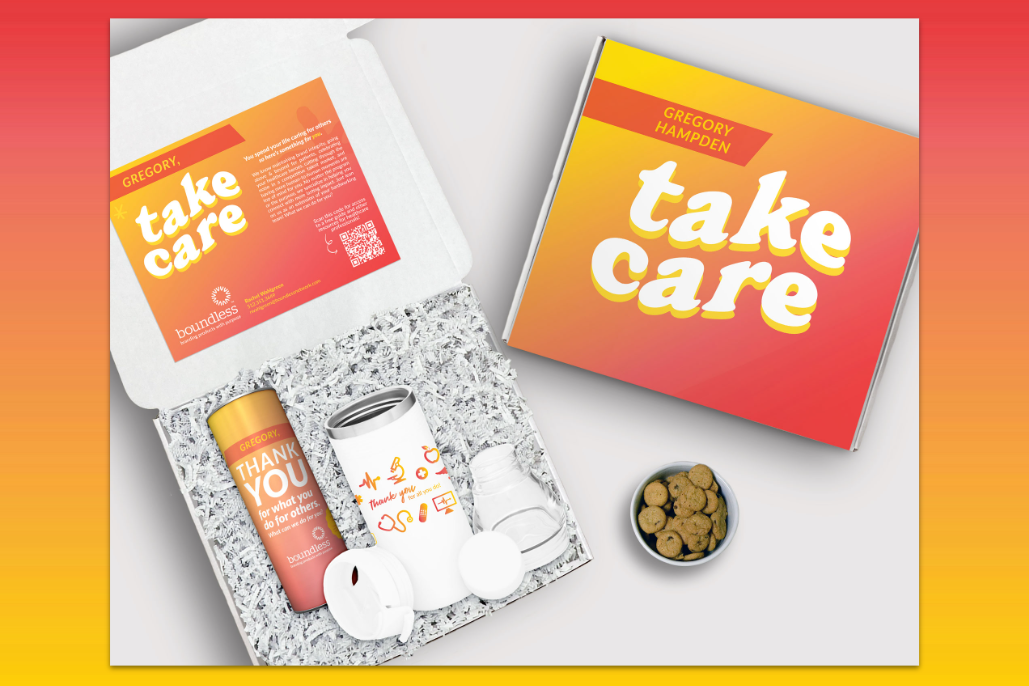Why Emotional Brand Connection Matters — And How to Get One
How well does your business stand out, both in-person and online? Chances are, you have competitors in your space, which means you need to become a master at attracting new customers and retaining the people who already buy from you.
With nearly 500,000 registered businesses in the United States, shoppers have plenty of places to spend their money. Why should they go with you?
Even if you have better products, sleeker services, and A-plus company culture, it might not be enough to bring customers to your business. If you want to get more mileage out of your marketing resources, you’ve got to go all-in on emotional marketing.
Let’s look at why emotions have so much pull over shoppers’ buying decisions — and three tips you can use to leverage these emotional connections to boost sales.
Why do emotional connections matter?
Who could forget Sarah McLachlan’s video for the ASPCA? The gut-wrenching video definitely has an effect on viewers, and it’s a prime example of how powerful emotions can be in marketing. (By the way, the commercial generated an astounding $30 million in donations to the ASPCA.)
Whether your business sells sneakers or SaaS subscriptions, you can use emotional messaging to produce a greater effect on viewers. It’s tempting to dazzle people with stats and facts, but when it comes down to it, emotions sell.
Emotional marketing is so important because:
- It’s effective: Seriously. Emotional campaigns work almost twice as well as campaigns that stick to cold, hard facts.
- It increases your chances of going viral: There’s no surefire way to go viral, but we know that humorous messaging significantly increases your odds of virality.
- It helps people like you: If your brand is upbeat, joyful, and generally gives shoppers the warm fuzzies, it helps you forge deeper connections. Since likeability correlates to sales, this is a great way to bolster your bottom line.
- Shoppers aren’t thinking when they buy: That sounds counterintuitive, but it’s true. Ninety-five percent of all shopping decisions happen subconsciously. You need to sell to shoppers’ subconscious, which is rooted in emotion, not logic.
- Emotional connections boost long-term sales: Customers with deep emotional connections to a brand have 3X higher lifetime value (LTV).
 3 tips to forge emotional brand connections
3 tips to forge emotional brand connections
If you want to boost sales, earn more per customer, and improve your public image, emotional marketing is where it’s at. By appealing to consumers’ emotions, you make them feel like they need your product, and that’s more powerful than any product demo or fact sheet.
Emotions are complex, but you can master emotional brand connections by following these three proven hacks.
1. Stand out with experiential marketing
More and more companies are investing in experiential marketing: in fact, it’s one of the top five marketing strategies right now. With experiential marketing, you create a unique, interactive experience for your customers. This usually happens in person, but you can create digital experiences, too.
In practice, experiential marketing could look like:
- A quirky awards show
- Creative street kiosks
- Influencer retreats
By hosting an event that connects shoppers to your product and brand, they’re much more willing to interact with your products. In fact, 91% of people say they’re more likely to buy after a brand experience — and 40% say they would be more brand loyal. Plus, 89% of people believe events give them a better understanding of a brand’s product or service better than any other media.
A great example of experiential marketing is the popcorn company Propercorn’s “Institute of Flavour” campaign. According to Marketing Week, the company held a pop-up event in London to give consumers an inside look at just how obsessed it is with flavor. The installation took fans underground to a “flavor lab” where Propercorn educated them on the five key tastes: salt, umami, sour, sweet, and bitter.
Not only did Propercorn increase its brand awareness and educate consumers, but it also increased engagement. The brand earned positive word-of-mouth buzz by hosting a creative marketing event like this.
Pop-up events and installations like Propercorn’s are great opportunities to:
- Give out branded merchandise
- Share coupons and discounts
- Offer affiliate codes to attendees
The sky’s the limit! Pair your best promotional products with the right experience, and you can earn thousands of brand impressions in a single event — and don’t even get us started on the social media buzz. Pretty much everyone who attends brand experiences will create content and share it with their friends and family.
But make sure you create a positive, uplifting experience for attendees. While Sarah McLachlan’s commercial created emotion, you want to leave people with good feelings after the experience. In all likelihood, they’ll retain those positive feelings for your brand over time, which is marketing gold.
 2. Make socially-responsible business decisions
2. Make socially-responsible business decisions
Did you see Chipotle’s “Scarecrow” short film? It’s another great example of emotional marketing that blends environmental responsibility into its messaging.
More consumers care about what goes on behind the scenes at your company. In fact, 70% of shoppers think businesses need to make the world a better place — and 77% want to support brands that do just that. Even if you have to charge a little more, shoppers are more willing to buy products that fit their values. It’s a great way to do a little good in the world and foster closer bonds with the people who support your business, too.
Since 55% of consumers believe brands should take a stand on issues, make your values known. Patagonia is a great example of this. Sure, you could buy a cheaper jacket somewhere else, but shoppers support Patagonia because it genuinely cares about the environment, and shoppers want to support the brand’s mission.
What social or environmental practices do you have in your own brand? Walking the walk is the most important thing, but you should also talk the talk. People can’t support your mission if they don’t know about it, so create a marketing campaign that educates your audience about your CSR initiatives.
3. Create a thoughtful advertising plan
Humans primarily make decisions based on emotions, not facts.
That makes sense, though, right? If you had a bad experience with a brand and someone mentions its name, you’ll probably think about that lousy interaction for years to come.
In fact, a brand could be on the Fortune 500, but if something doesn’t sit well with you, you’re going to write that brand off. This means you’re likely not going to buy anything from that brand ever again, and you might even discourage your friends from buying that brand, too.
But what if brands could turn the tables on emotional decision-making? Some of the best advertising campaigns rely on positive emotions to forge deeper consumer connections.
To make emotional ad campaigns, try:
- Leaning into positive emotions: Yes, anger causes people to act, but you don’t want them to associate your brand with negative feelings. Tap into themes like friendship, inspiration, warmth, and happiness.
- Saving the facts: Provide facts, stats, and specs once consumers are already interested in your products. The primary draw should be the emotions behind your story, not a list of impressive numbers.
- Telling stories: Consumers love seeing success stories, so share some of your best client testimonials or reviews in your ads.

Emotional marketing done right
Emotions might sound like a flowery marketing approach, but used well, they’re a powerful antidote to competition and shopper disengagement. Boost sales and retain your loyal customers with these three emotional marketing approaches.
But if you need a little help, ring the Brand Consultants at Boundless. From trade shows to CSR initiatives, Boundless creates campaigns that help your audience feel amazing. See how we help beloved brands develop the unforgettable and Inspire Brand Love™ moments.





Comments (0)